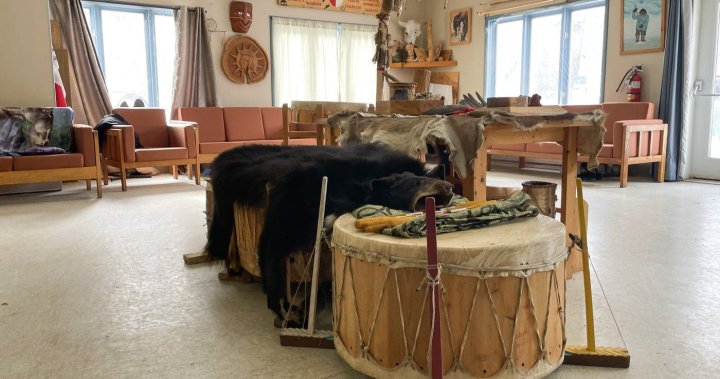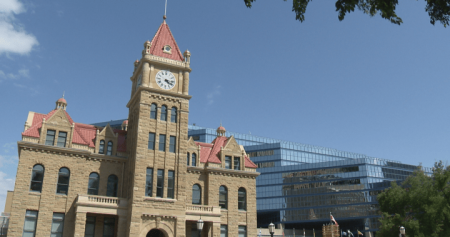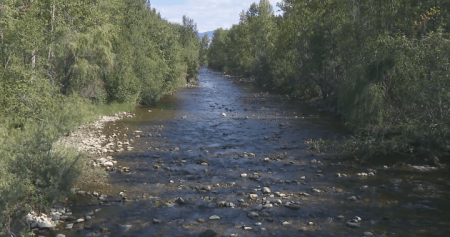Waseskun Healing Centre, located north of Montreal, is a place where Indigenous men gather for daily healing circles, smudging, sharing stories, and receiving guidance from elders. The centre is unique in that residents are not referred to as inmates, prisoners, or offenders, but rather as individuals on a healing journey. Elder Grégoire Canapé emphasizes the idea of nurturing the seed within a person, rather than discarding them as a bad apple, as a central tenet of the healing process. The Canapé brothers visit the residents regularly to guide them on their healing journeys.
Waseskun is one of 10 healing centres funded by Correctional Service Canada for Indigenous offenders serving time in federal custody. Despite being identified as a successful model by Public Safety Canada, Indigenous-managed lodges like Waseskun are underfunded. This is particularly concerning as Indigenous incarceration rates continue to rise, with Indigenous people making up 32% of the incarcerated population, but only 5% of the overall adult population. The over-incarceration of Indigenous people, especially women, has been described as a crisis in Canada’s justice system, despite efforts outlined in the 1999 Gladue decision to find alternatives to prison for Indigenous offenders.
The lack of Indigenous-run healing centres is highlighted by Canada’s prison ombudsman, Ivan Zinger, who calls for more and better-funded centres to provide alternatives to conventional prisons. The current landscape sees only 139 beds across six community-run lodges, with an additional 250 beds provided by CSC-run lodges. Zinger emphasizes the urgency in addressing the rising rates of Indigenous incarceration and the need for a more respectful approach to reconciliation, self-government, and self-determination. The disparity in funding between Indigenous-run and CSC-managed lodges has also been a point of concern, with Indigenous-run lodges receiving significantly less financial support.
Residents at Waseskun note the significance of being in a community with other Indigenous people and receiving culturally informed support, which is often lacking in mainstream prisons. The safe environment of Waseskun allows residents to open up about their histories and engage in the healing process without fear of violence or judgment. This contrasts with the experiences of Indigenous offenders in mainstream prisons, where support may be limited and threats of harm are more prevalent, inhibiting the healing journey. The opportunity to wear their own clothes at Waseskun is cited as a meaningful aspect of individual self-esteem and identity.
Despite the success stories of some Indigenous-run healing lodges, there are still significant gaps in availability and accessibility. Data on outcomes following release from healing lodges is limited, but indications show higher completion rates of required supervision than for those released from minimum-security facilities. However, the need for more healing lodges in regions such as the North, Ontario, and Atlantic Canada remains unmet. The funding disparities between community-run lodges and CSC-managed lodges, as highlighted by Zinger, raise concerns of discrimination and the need for greater empowerment of Indigenous communities in the management and operation of healing centres. Efforts to address these disparities and expand the availability of culturally informed healing spaces are crucial in reducing Indigenous incarceration rates and supporting the healing and well-being of Indigenous offenders in Canada.













